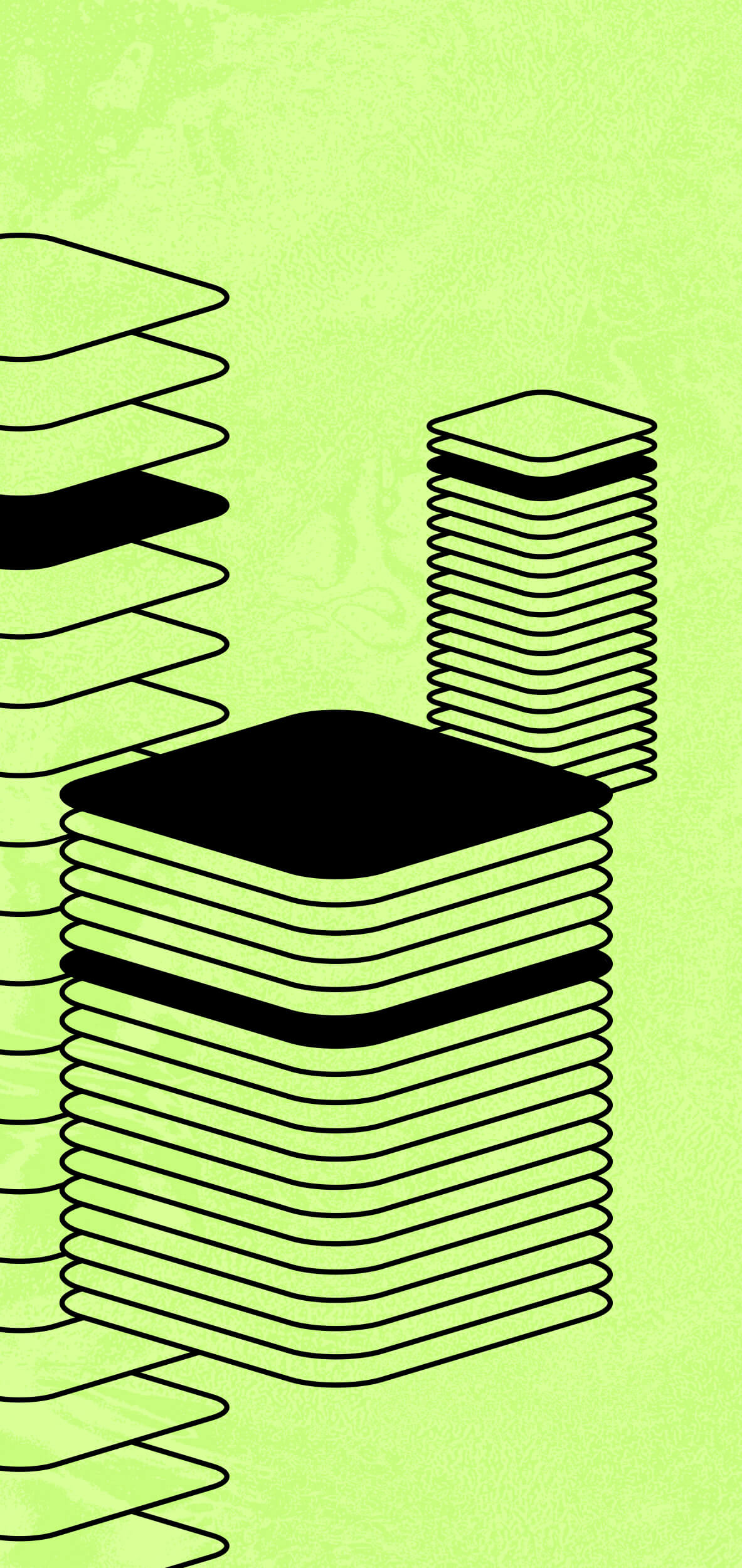We are excited to share the news of our collaboration with Seda Chain as a genesis validator in their mainnet launch today. Building upon our exploration of modular blockchains and their functionalities in previous articles, we now turn our focus to Seda Blockchain—a modular platform with a distinct emphasis on data availability.
Introducing SEDA Blockchain
SEDA is a layer one network, designed to facilitate permissionless data flow across diverse networks. In tackling the prevalent risks of centralization and failure associated with off-chain data access, SEDA emerges as a necessary building block for shaping a modular, purpose-driven future for layer one and layer two networks. SEDA is the foundation for data in web3.
Going beyond the conventional notion of an oracle, SEDA establishes itself as a comprehensive data transmission and computation network, fostering a permissionless environment for developers to deploy data feeds. With its fully modular interface, developers wield the power to dictate data retrieval methods and computation procedures, ensuring seamless integration into their networks and smart contracts.
The Components of SEDA Network
The SEDA Network encompasses:
- The SEDA Chain: Serving as the backbone for settlement and data storage distribution.
- The Overlay Network: A Multi-Party Computation (MPC) network responsible for data querying and computation.
- Solvers: Entities facilitating new data requests to the SEDA Chain and delivering results to destination chains.
- Data Providers: Private entities plugging into the SEDA Network to supply data.
Backed by robust security measures akin to leading layer one networks, the SEDA Chain and Overlay Network leverage game theory, cryptography, and strong backstops to ensure secure operations. Notably, SEDA eliminates the need for trusted authorities within the network through meticulously designed economic incentives, allowing any entity to validate, relay, request, and supply data.
Key Features of SEDA Chain
- Multi-Chain Native: SEDA ensures shared security across all destination networks, eliminating the need for native oracle deployments to each network.
- Fast and Scalable: Efficiency hinges on Time To Finality (TTF), and SEDA minimizes on-chain operations without compromising security by executing data requests off-chain and in parallel.
- Proof-of-Stake for Data Provision: SEDA secures data using heavily battle-tested algorithms, basing its security on Proof-of-Stake (PoS) and leveraging the Cosmos SDK.
- Permissionless: Structured as a fully permissionless network, SEDA welcomes all stakeholders to participate seamlessly.
- Highly Programmable: Developers can tailor data requests to fetch and aggregate data from any source to suit their specific requirements.
- Forkless Upgrades: Coordinated, forkless consensus upgrades keep the network updated, decided upon by the community via decentralized governance.
- Decentralized Governance: Every SEDA token holder actively engages in shaping the network’s future through proposal creation and voting.
- Oracle Extractable Value (OEV): Establishes an additional revenue stream accurately pricing data provided by the system and data providers to various networks.
SEDA’s Architecture
SEDA’s design enables seamless data transmission from any source to any destination blockchain network. The SEDA Network comprises modular components such as settlement, compute, relay, consumer, and data provision.
The SEDA Token
The SEDA Token (formerly Flux Token) serves governance, participation, and network utilization purposes, enabling token holders to actively engage in network operations, utilize data, and contribute to governance decisions.
- Participation: Token holders actively engage in the SEDA Network by staking their SEDA tokens. They have the option to either run their own validator node or delegate tokens to a professional node operator. The network participants encompass Validators, Solvers, and Data Request Executors (DRES). Incentives for participation may include fee payments, token staking rewards, or token distribution through creation events.
- Network Utilization: Utilizing the SEDA Network involves querying its data and utilizing the supplied information. Data consumers issuing data requests lock a certain value, which solvers can claim upon bridging the data request outcome back to the destination network. To initiate a data request on the SEDA Network, the solver burns a designated amount of SEDA Tokens. The number of tokens burned corresponds to the complexity of the data request issued.
- Governance: Token holders wield governance control over the SEDA Network. They have the authority to propose and vote on network changes, ranging from consensus updates to alterations in network parameters such as token creation and fees. This decentralized governance structure ensures active participation and inclusivity among network stakeholders.
In conclusion, SEDA Blockchain heralds a new era of decentralized data transmission, offering unparalleled security, scalability, and programmability. Stay tuned as we delve deeper into the innovative capabilities and limitless potential of SEDA in shaping the future of decentralized networks.

